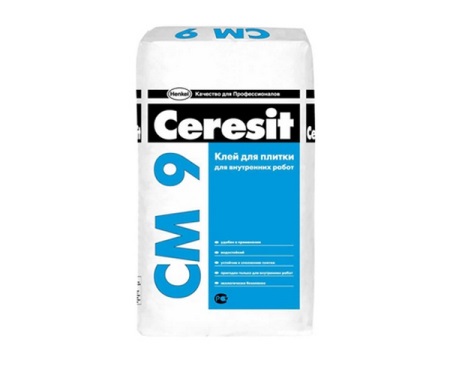Consumption of tile glue per 1 m2
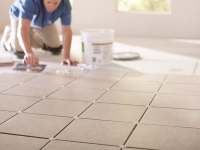
Types of tile glue
There are only three varieties of tile adhesive available: dispersion, cement and epoxy. Each has its own individual characteristics.
Dispersion. It is used for laying tiles of small thickness. Basically, it is taken by people who are far from repair work, as it is sold already in ready-to-use form.
The basis of this product is resin. The adhesive composition has such properties as plasticity, viscosity, strength. It is also quite economical in its application - the amount of glue per 1 m2 is minimal.
The glue has a negative side: poor waterproofing qualities.
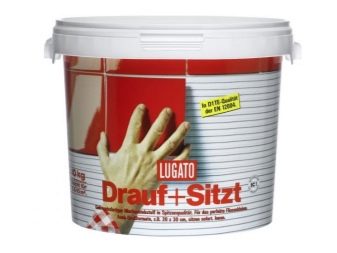

Cement. This type of adhesive is especially popular due to its ease of use, cost-effectiveness and low price. In addition, it can be used to glue tiles even in places where it looks problematic, and removal is very easy with minimal loss. The most common representatives of this category of adhesive are Unis, Ceresit, Hercules and EC.
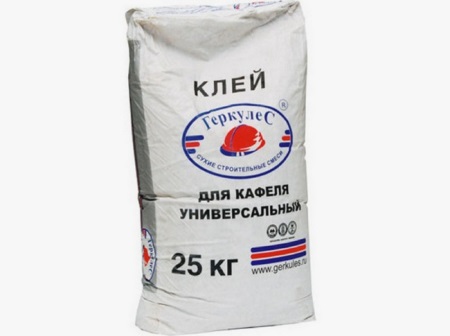
The basis of this adhesive composition is cement. To get the right amount of adhesive, you need to mix the cement component and water. It is also allowed to use latex additives. Consumption of this category of glue is not more than 1.9 kg per 1 m² at a layer thickness of 1 mm.
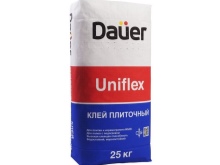
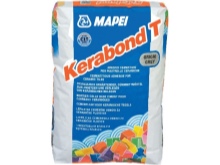
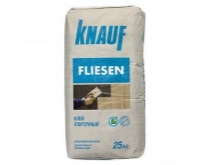
Epoxy. Preparation of the composition of this adhesive is not simple, so it is used mainly by experienced builders. The composition of the adhesive substance is resin and a catalyst. The liquid resin solution is mixed with a catalyst, which gives the desired effect. Of the well-known brands in this category can be noted Ceresit, Litokol and Lugato.
Of the positive properties of this adhesive can be noted water resistance, strength, elasticity, is not afraid of temperature fluctuations, is not covered with cracks, perfectly holds on the surface and does not give shrinkage. Among other things, the glue has an affordable price.
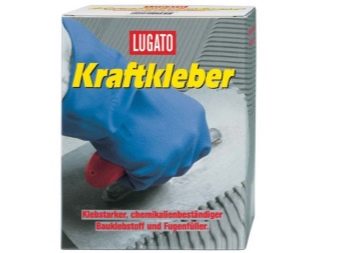
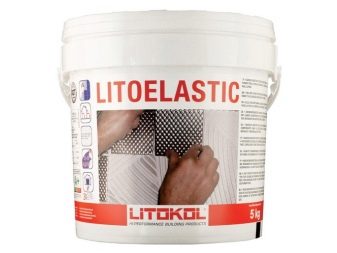
Calculation methods
There are many ways to calculate the required amount of glue. Consider each of them.
1. Using formulas
There is nothing difficult in this calculation: using the original data, to calculate the required amount of glue will not be difficult.
You need to know: the dimensions of your tile and the area covered by the tile. Now you need to divide these two values, that is, the coverage by the area of the tiles.
Consider the calculation on the example of 10x10 porcelain tiles. Its area is 100 cm². Then for 1 m² you will need 100 pieces of this tile (10000:100). 2 mm is the thickness of the layer, and the whole package of glue is 1.3 kg. Then multiply these two values and you get the final result: 2.6 kg - for 1 m2 surface. If the tiling of the room is 20 m², you will need 52 kg of glue for the whole room.
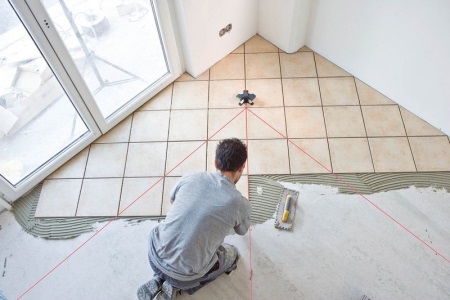
2. According to consumption rates
All adhesive manufacturers provide information on the consumption of each brand per 1 m² of surface with a layer thickness of 1 mm. Using this data, you can also roughly calculate the amount of adhesive you need.
Below are the rates on the consumption of the most popular brands of adhesive:
- "Hercules" - consumption of 1.5 kg/m²;
- Knauf - the flow rate is 1.1 kg / m²;
- Litokol - consumption 1.5 kg/m²;
- EK - consumption 1.1 kg/m².
Now, using the thickness of the tiles, calculate the need for adhesive. To do this, half of this value is multiplied by the manufacturer's consumption - this will be the desired result.
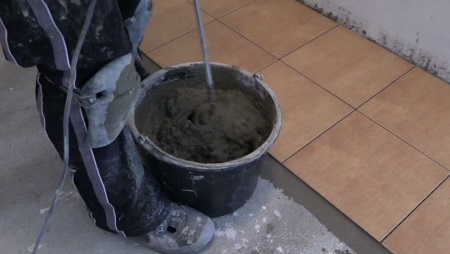
3. "Calculator".
Specialized sites provide the opportunity to perform an automatic calculation of the necessary material with the help of the "calculator".
To do this you will need to fill in the blank fields in the right boxes:
- dimensions of a single tile;
- The category of coating: tile or porcelain tile;
- peculiarity of facing: external or internal works;
- surface: floor or wall;
- surface material: cement, concrete, plaster, metal, poured floor, etc;
- loads caused by the process of operation and their specifics;
- properties of the composition;
- the area of the facing surface.
In a few seconds the system will give you the result. For more reliable results it is recommended to use several resources.
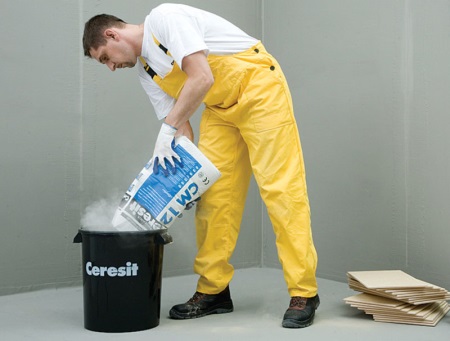
4. Approximate calculation
This method is very approximate, so it is recommended to use it in conjunction with other methods of calculation. So, to determine the required amount of glue, you need to multiply the total area of tile material by the average consumption of glue.
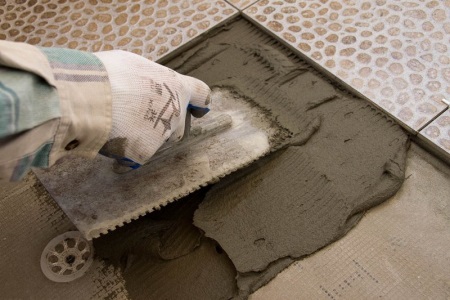
5. For floors and walls made of plasterboard
For floor tiling, builders recommend using a trowel "8". The size of the facing material has mainly the parameters of 30x30, so you will need 5 kg of glue per 1 m².
However, do not forget that the floor may have irregularities, so the glue may not be enough.
For a gypsum plasterboard surface, much less adhesive will be needed for the same tile material.
The average consumption for a plasterboard surface will be at least 1.8 kg/m².
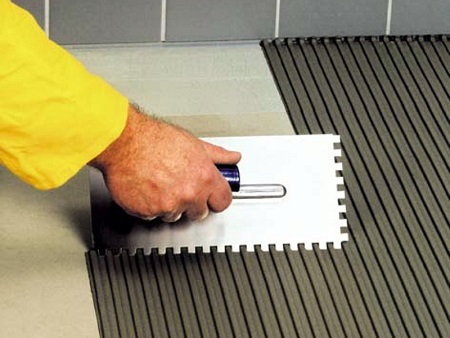
Factors affecting adhesive consumption
Category of adhesive
Each type of adhesive has its own flow rate per 1 m². The same brand from different manufacturers, due to the fact that it contains different additives, has a different consumption.
Even if you take, for example, two 25 kg bags of tile mix in each, it is not necessarily that they will contain the same amount of necessary adhesive composition.

Dimensions of tile material
The larger the size of the tile material, the more adhesive mixture will be needed.
For example, if the facing material has a size of 10x10 cm, the layer of adhesive solution must have a thickness of at least 2 mm. For tiles 20x30 cm - it is already a layer of 3 mm, for dimensions 30x30 cm and more - 4-5 mm. For tiles with dimensions of 60 cm and more, an additional layer of glue of 1 mm on the back of the tile is required.
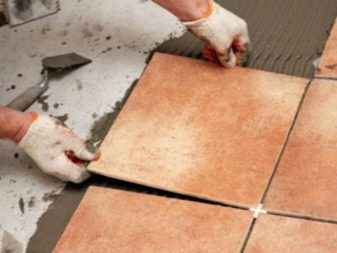
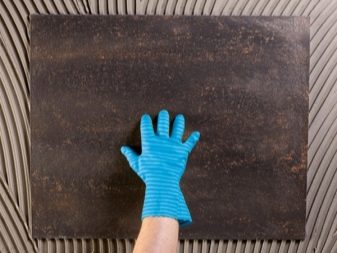
Types of facing tiles
Nowadays the buyer has the opportunity to choose one or another material for facing any surface. Among the huge range of facing material the buyer can buy a tile with a smooth surface, with a porous plane and others.
Along with all the varieties of facing material Porcelain stoneware requires the least amount of adhesive composition for laying, glazed material - a little more. The largest amount of glue will be needed for porous structures, because it absorbs best on such surfaces.
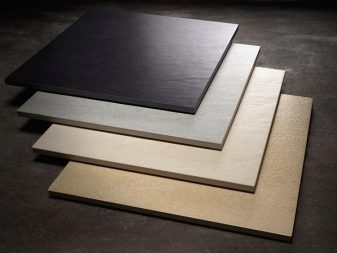
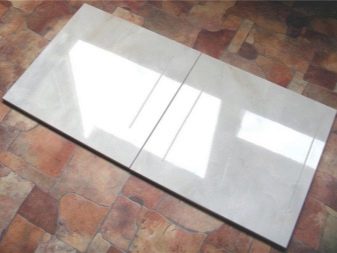
In addition, you need to pay attention to the back of the tile. It can be uneven, as, for example, in clinker or handmade tiles. That's why Professionals advise to apply an extra thin layer on such a tileThis will undoubtedly increase the consumption of the adhesive ingredient.
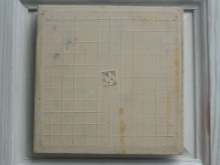
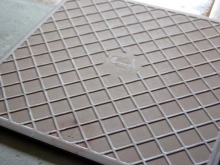
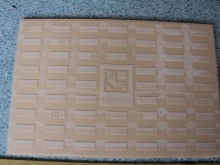
Note that it may be necessary to install a combination of tile materials of different thicknesses when tiling the same surface. Then you will have to compensate for the difference through the thickness of the adhesive, which will also increase its consumption.
Choose the adhesive so that it corresponds to the tiling material. This way, you'll spend a lot less glue.
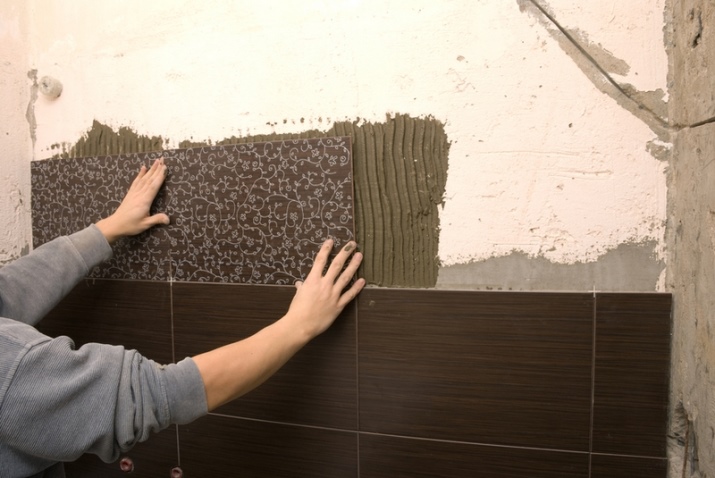
The nature of the surface
Before you start working on the surface cladding, it must be prepared. It is necessary that the surface must be dry, even and clean.
If the area has some irregularities or depressions, it should be leveled. Small differences - up to 15 mm - can be eliminated with special adhesives. However, such differences can be more than 15 mm. Then cement-sand mortar is best suited for such purposes.
In addition to this factor, it is worth paying attention to the porosity of the surface, which will also increase the consumption of glue. If this fact is present (for example, surface is created from cement components), then the best option would be to primer the surface. In this case, by the way, also increases the adhesion of the adhesive to the surface.
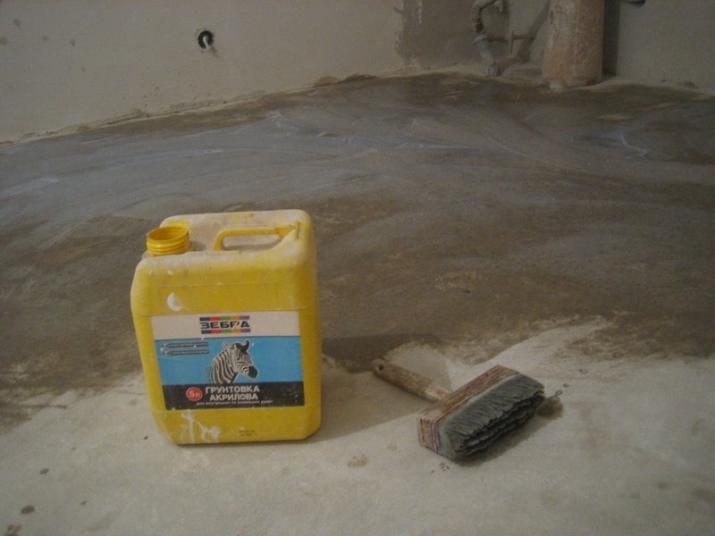
Note another important factor: when laying vertical tiles, professionals recommend applying glue and on the tiling surface, and on the tile. This is done to ensure that there are no voids under the tile and for better adhesion of the adhesive to the surface.
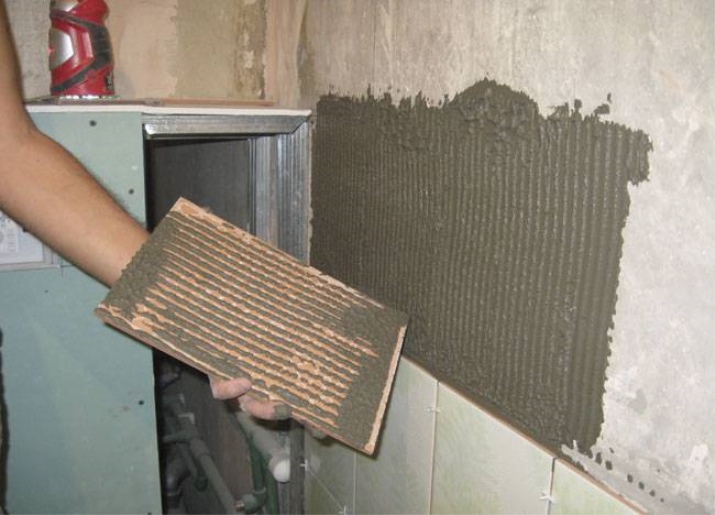
Ambient temperature
The optimal temperature for laying tiles is room temperature: 18-25 degrees. Cold air can spoil the properties of the adhesive, and too hot weather or strong wind promotes evaporation of liquid from the mixture, which will lead to increased consumption of glue.
Also, you can not lay tiles in a hot room with forced ventilation - the effect will be the same: the glue will deteriorate.
Therefore, it is necessary to observe the temperature regime, so that the adhesive does not change its properties.
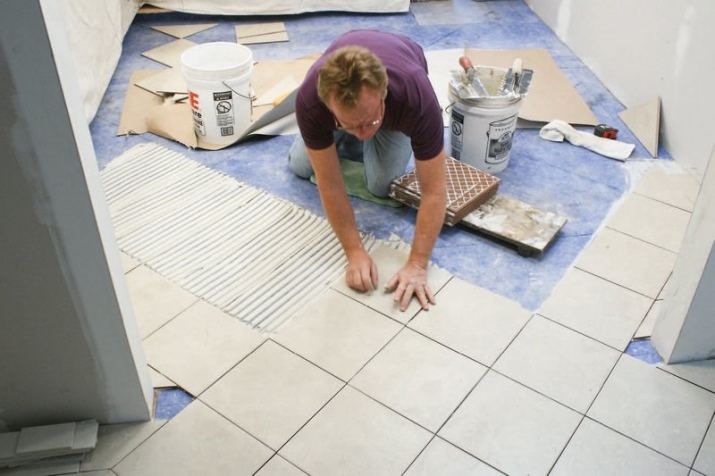
Rationality of use
To ensure that the adhesive does not fail, it is necessary to observe the time interval of its working condition. It usually varies 3 to 3.5 hours. If this time interval is not observed, the glue can either harden or lose its properties.
Seams professionals recommend grouting immediately: in the process of laying tiles - this approach will reduce the laboriousness of cleaning.
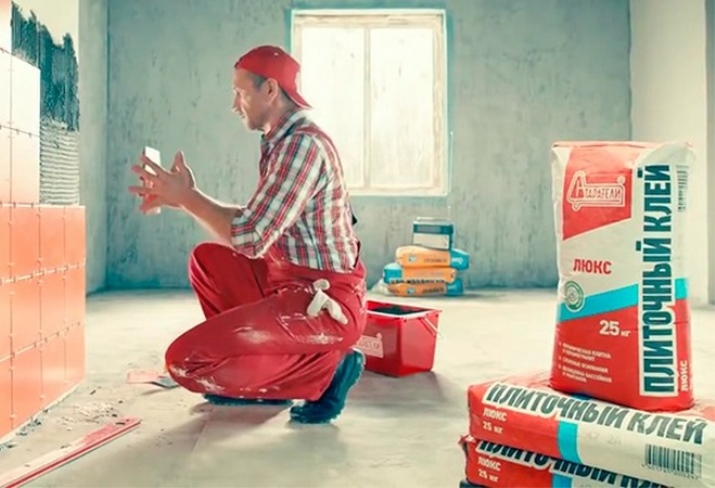
Laying technique
This factor is human. Here everything depends on the layer himself. Some professionals work with the adhesive composition in the following way: apply glue at an angle. If the angle is 65 degrees, a little more glue will be needed than at 45. In this case, the difference in use is up to 25%.
That is, the point is this: the closer the angle of the trowel to a straight line, the less glue consumption.
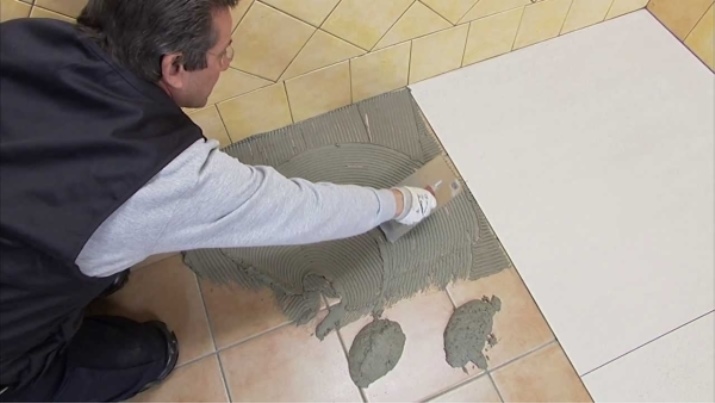
If the work is carried out by a person for the first time, you need to be prepared for the fact that the glue is simply not enough due to non-compliance with the laying technology.
Do not forget about the tight pressing of the tiles to the facing surface. Excess glue can be used for other elements.
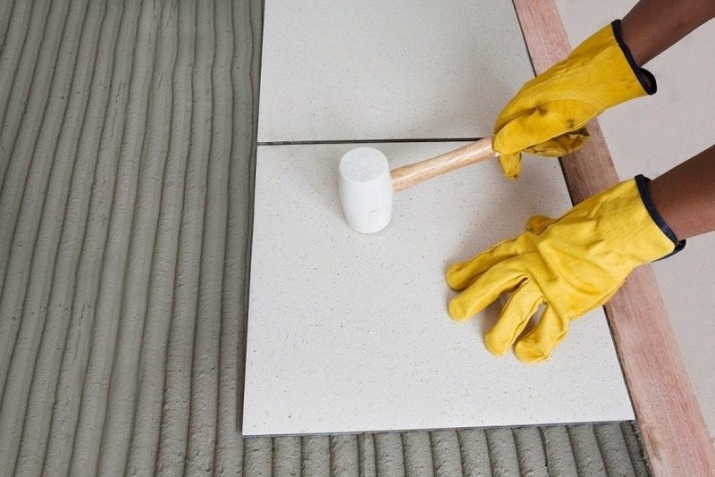
Tools
The V-shaped trowel is the most economical tool for applying a layer of adhesive, while you will need much more adhesive when working with a U-shaped tool.
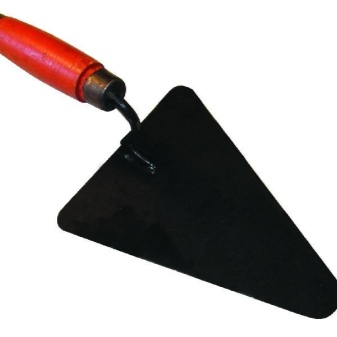
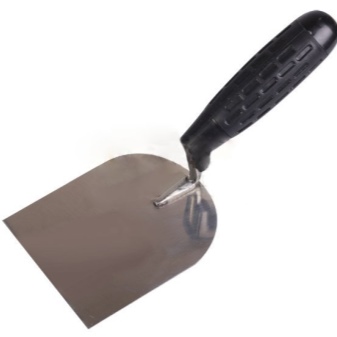
Also, when buying adhesive, pay attention to the technical information on the packaging. The fact is that it will the size of the spatula instead of the necessary consumption. For example, for a 30x30 cm tile, the number "8" will be indicated, which means the need to use a trowel "8".
This is because it is impossible to measure the thickness of the layer when applying the adhesive. Therefore, it is necessary to first apply a layer of adhesive with the flat end of the tool, and then make a sweep with a toothed trowel - so the adhesive will be distributed evenly over the surface.
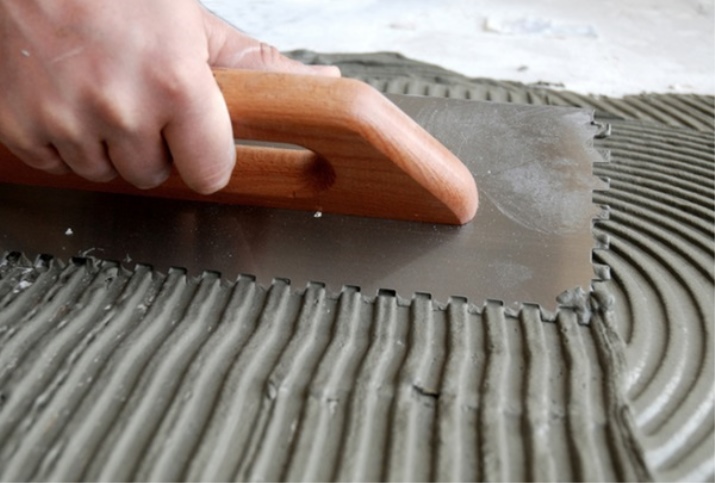
The most common sizes of teeth are 6, 8, 10 and 12 mm.
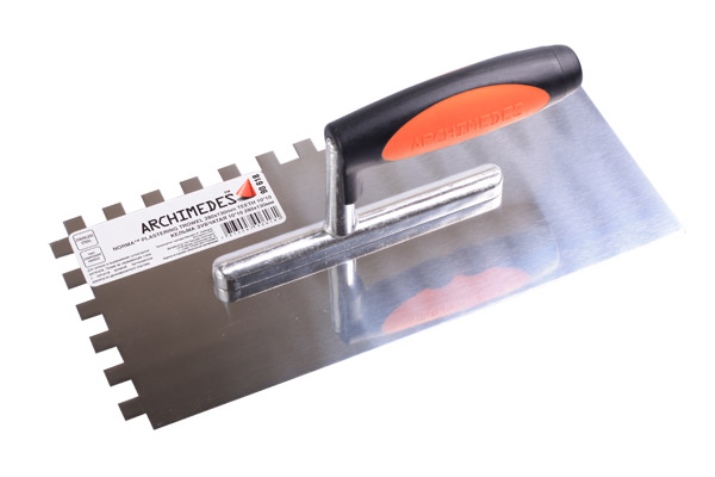
Room
The larger the area of the room for tiling, the more glue will be needed.
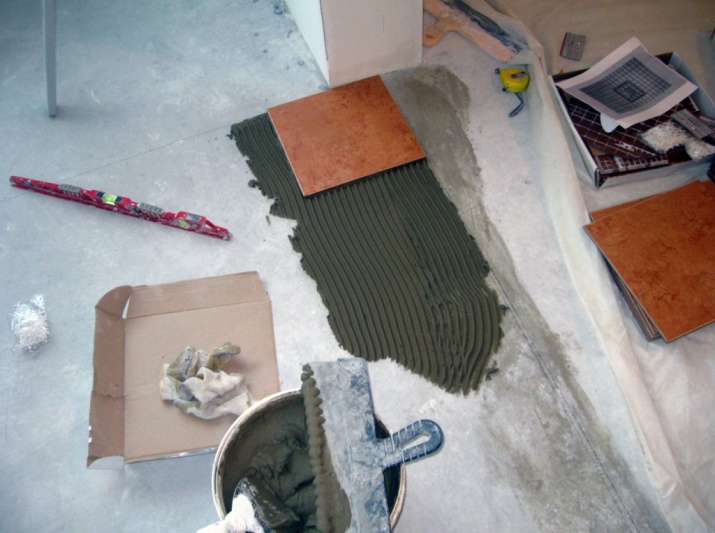
Features of using mixtures of popular manufacturers
Let's consider the most common brands of adhesive composition.
"Unis Granite" and "Unis Plus" - Consumption of 3.5 kg/m². The condition for this figure is the use of a tool size "6". The thickness of the layer is 3-10 mm.
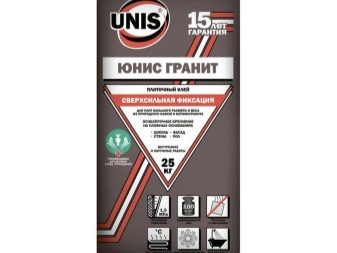
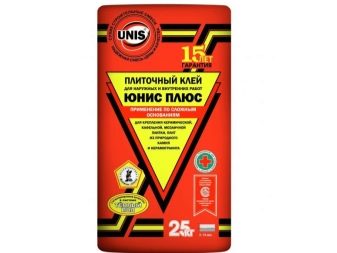
"Eunice 2000" - The expense of 3,5 kg/m² under the condition of using the trowel of size "6". Layer thickness - 3-15 mm.
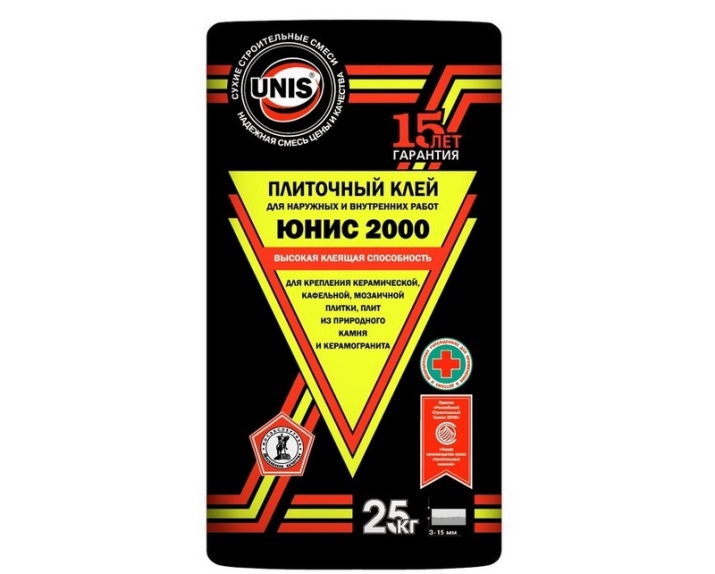
Ceresit - Consumption 1,6-4,2 kg/m² - depends on the tool teeth size and the parameters of the facing material.
